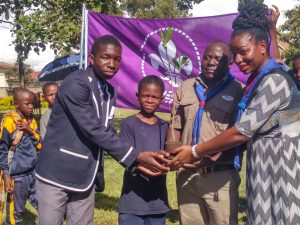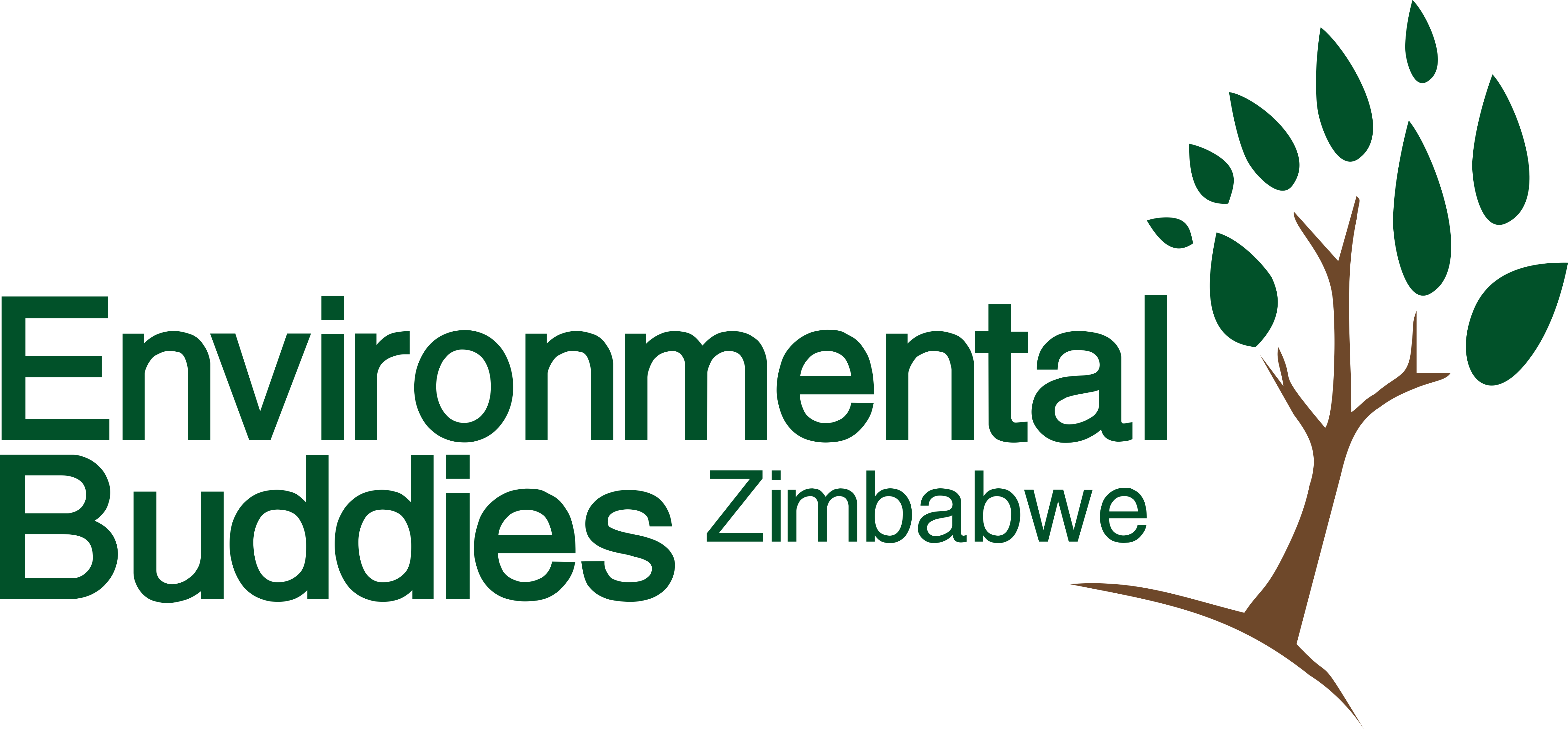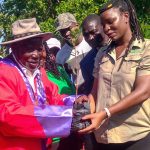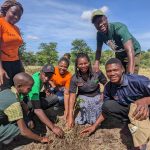It’s Time for Wetlands Restoration
Every February, the environmental world turns its attention to wetlands, vital components of a healthy environment. Environmental Buddies Zimbabwe marked World Wetlands Day 2023 by interacting with students from Waddilove High and Primary School. The bottom top approach synched with EBZ’s Catch-Them-Young Project where we get to engage children in environmental education. Instead of teaching them about wetlands, we sat back and relaxed and learnt from them. They have vast knowledge about wetland in Zimbabwe and how they ought to be managed. Ten year old children from Waddilove Primary managed to name the seven wetlands in Zimbabwe that fall under Ramsar.

This was followed by speeches, poems, songs and dramas that all taught facts about wetlands.
What is a wetland?
Wetlands are areas where the land does not drain well. The ground in a wetland is saturated, or full of water. Often the ground is covered with shallow water.
Types of wetlands
- Swamps:
- have soils that contain many minerals
- Most of the plants in swamps are trees
- Swamps are common in low-lying areas near rivers, which supply the water. Swamps also form on flat land along seacoasts. The soil in a swamp is poorly drained, which means that the water flows through very slowly.
- Common swamp plants are: reeds, gum tree, mangroves.
- Animals you might see in a swamp are: crocodiles, raccoons, snakes and woodpeckers.
- Marshes
- marshes have grassy plants
- Contain fresh water, salt water, or a combination of both.
- have soils that contain many minerals
- Marshes form in low-lying areas near rivers and along seacoasts. Marshes are especially common in the areas called deltas, such as the Okavango Delta in Botswana
- Common marsh plants include, Papyrus, Water lilies, sawgrass, Cypress and
- Critters you find in a marsh include: Duck, dish, crabs, butterflies, and frogs.
- Bogs
- Their soil has few minerals
- Only mosses and a few other types of plants can grow in bogs.
- Source of water is mainly rainy water. Bogs generally form in places where glaciersonce dug into the Earth’s surface. The glaciers left holes that filled with water and eventually formed bogs.
- Plants you might find in a bog include: Fungi and moss.
- Fen
- Contain only fresh water because they are fed by groundwater.
- These types of wetlands are the rarest and contain more plant and animal species than any other wetlands.
- Common fen plants include: Tamarack trees, Poison sumac, Wildflowers
- Creatures you might find living in a fen are: Butterflies and Turtles

ACT NOW
Children demonstrated their understanding of the threats to wetland and they suggested the best way to preserve them.
- Leave wetlands alone
- Participate in programs that help protect and restore wetlands. Contact local, state, or federal agencies, community groups, environmental organizations and other non-government organizations.
- Report illegal actions such as unauthorized wetland fill or dredging activities to government authorities, such as the EMA, Traditional Leaders or the Zimbabwe Republic Police
- Pick up litter and dispose in appropriate trash containers. Keep surface areas that wash into storm drains clean from pet waste, toxic chemicals, fertilizers and motor oil, which can eventually reach and impair our wetlands.
- Use native species when planting trees, shrubs and flowers to preserve the ecological balance of local wetlands.
- Never cultivate on wetlands. In fact always leave a buffer of over 100 metres from a wetland or 30metres to river to avoid soil eroding into rivers and wetlands. Use native plants around wetlands so that the roots can keep the soil intact
- Avoid wetlands if you are expanding for any construction activities, be it malls, or residential purposes.
- Do not use phosphate-chemicals and detergents. Phosphates encourage algae growth, which can suffocate aquatic life.
- Do not cultivate in rivers or wetlands to avoid siltation and water pollution from agriculture chemicals.
- Never use chemicals to catch fish as it pollutes water and also kills other aquatic organisms.

The day ended with planting Syzygium Cordatum / Waterberry trees / Mukute/ umdoni/imiswi/ gihlu which happen to be the Tree of the Year for the 2022-23 Tree planting season and also a native that is always found on wetlands. Water berry is an evergreen riverine tree that can grow up to ten metres in height. It is found at medium to higher altitude by streams and water courses. The purple fruit which is acidic but edible ripens around December and is enjoyed by both humans and wildlife. An alcoholic drink can be made from the fruit.

- Crisis in Conservation: Protecting Kigelia Africana and Baobab Trees in Zimbabwe” - August 31, 2024
- Empowering Marange’s Youth: Celebrating Africa Environment Day at Holy Ghost High School - March 14, 2024
- Sowing Seeds of Hope: Rejuvenating Chiadzwa’s Environment Through Tree Planting” - March 11, 2024




